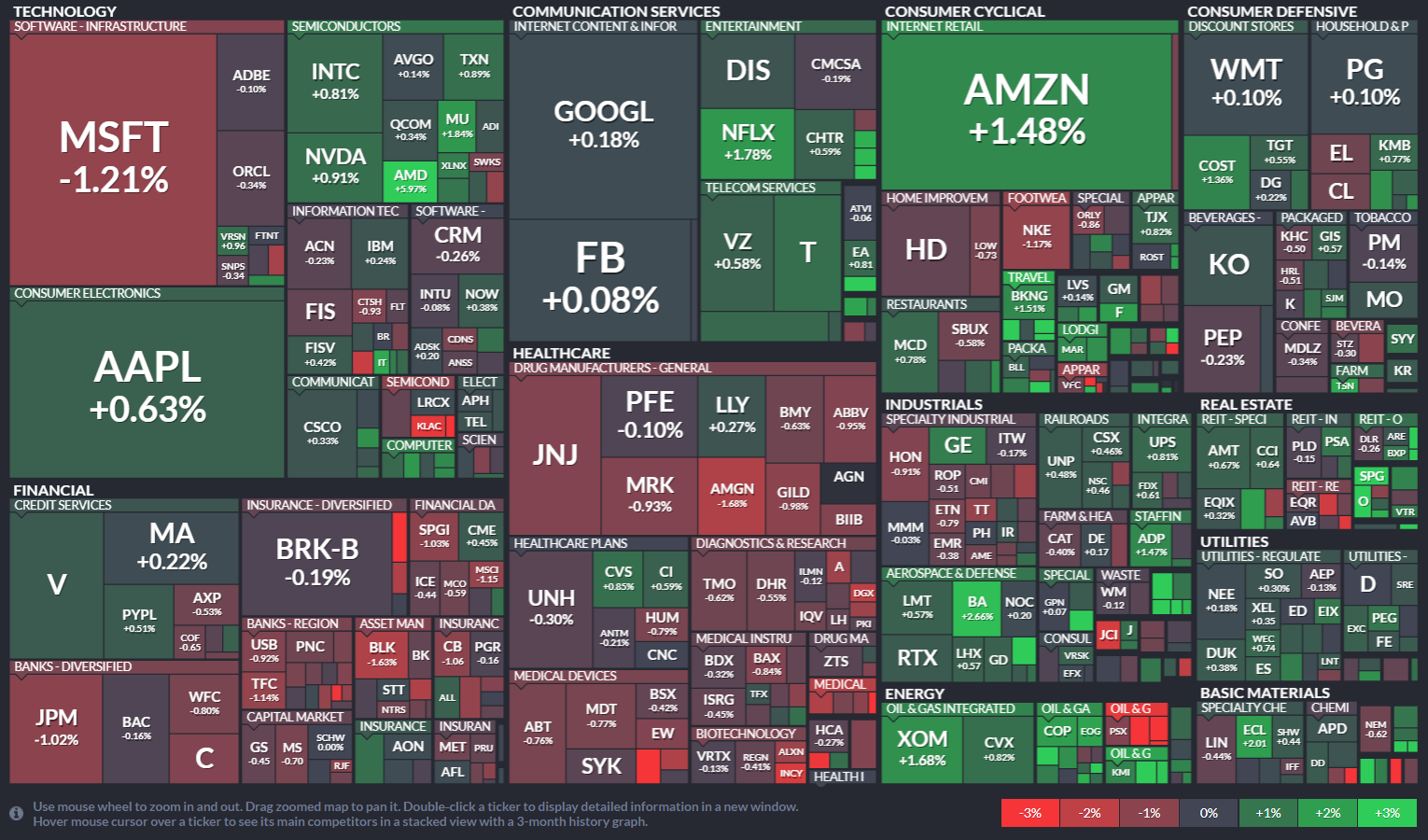

#AUTODUEL MAP SECTORS SIMULATOR#
Starship Tactical Combat Simulator On-line Database and ArchiveĬX-1 Blueprints and many printed material excerpts In ancient naval warfare, this was referred to as "Battle of the Line" where each ship tries to sink the opponent before it itself is rendered inoperable. "Hull breach in sections S thru X, levels 10 thru 20! Main Phasers off-line! Casualty reports coming in! Sir!" Each Player may allow certain of his ships to be damaged or destroyed first prioritize key systems for each ship. Being the last ship, even damaged badly, is a WIN!Īllow for a more realistic view of combat. The goal of any 'all or nothing' encounter is survival.

Repeat the round OR regroup to battle a different ship in fleet combats. The objective of any combat is the complete elimination of the opponent's playing piece. The encounter is not simultaneous, but damages are resolved at the end of a specified time frame. Superstructure = Power distribution, weapons, systems, crew. Plasma torpedoes, missiles, photon torpedoes, Disruptors, Phasers.ĭecoys, electronic warfare, anti-missiles, evasive maneuvers, shields. Unopposed 'hits' remove Superstructure points Systems are activated with Actions- attacks, defenses, movement ĭefenses counter the weapon(s) used in this Action Rather it allows for a quick resolution.īoth Players perform the following for this encounter What follows does not replace any printed rules. Not all actions lead to conflict, although it is the most sensationalized. And just as important to the Empire of which it is a member, or controlled by. Trade and commerce are important to any space-faring world. An outpost, factory, or diplomatic treaty partner closer to a population center, for example, would be preferable to one on the other side of the sector. At the port of call, there will be reviews, to determine the performance of the ship and crew, specifically the captain.Įven in deep space, it is necessary to obtain the most cost effective means of communication and resource management. Failures, deaths, even rumors, can lead to low morale.Īt the end of every action, there are reports and assessments. Successes lead to higher skill ratings in certain areas used, faster and smoother reaction times, and higher morale. Depending on the mission parameters and other variables, overall efficiency and the loss of it can be measured for final evaluation. Deep space missions of 3 years between recall, refit, R&R. Standard crew rotations are about every six months, usually at a port of call. Be it home space, a border, or frontier space. Again, space is vast, and in any one given sector there may be only one, or no more than three ships in service. It costs less to have a ship at dock than it does traveling at high warp to the next sector. Nor do they travel without a flight plan and orders to go with it. Starships and their crew do not stand idle. Their standing orders are to detect and if necessary eliminate any threat to an established resource or trade route. Military command ships and trained personnel are necessary to any space-faring government.

A well-placed device, weapon, or saboteur can eliminate an opponent's resources. Protecting a world or outpost is nearly impossible in space. Even with well-established populations and routes, there will be worlds that either have not been come across, or surveyed once in the past century. To gain resources and to protect resources.Įach sector of space is roughly 20 light-years across, much of it is "empty" space. There are only two reasons for a starship's existence. There are libraries on the subjects of starships, each with its own history, technology, and sets of rules.


 0 kommentar(er)
0 kommentar(er)
